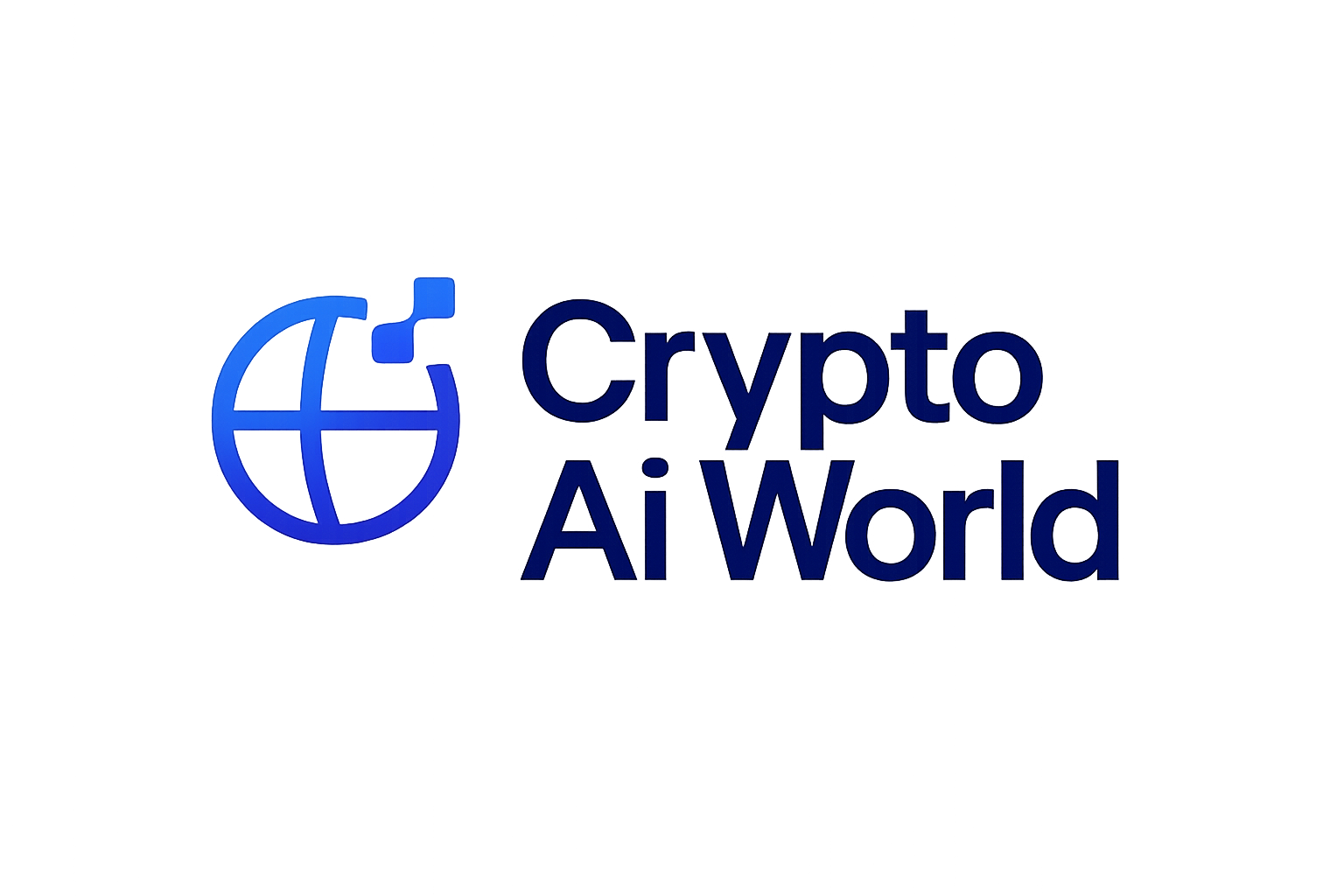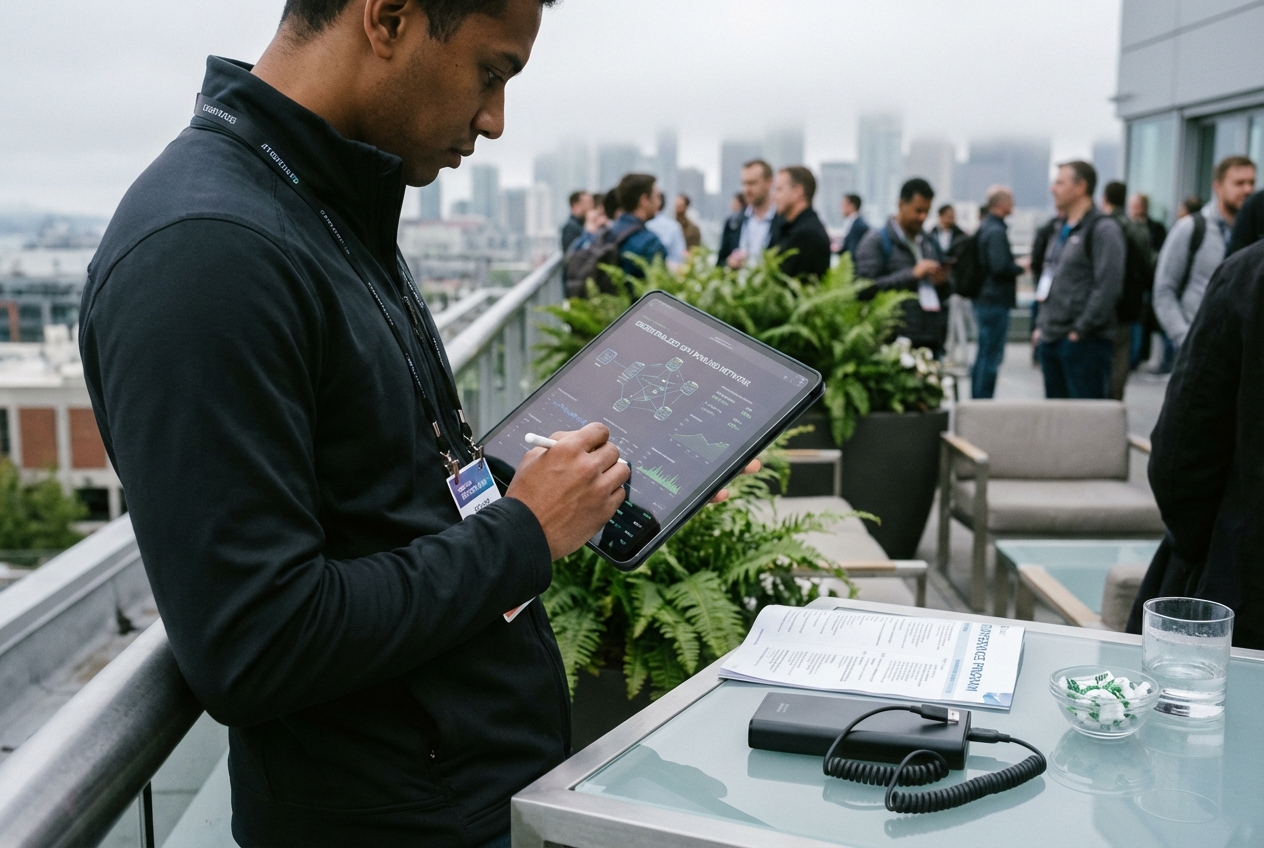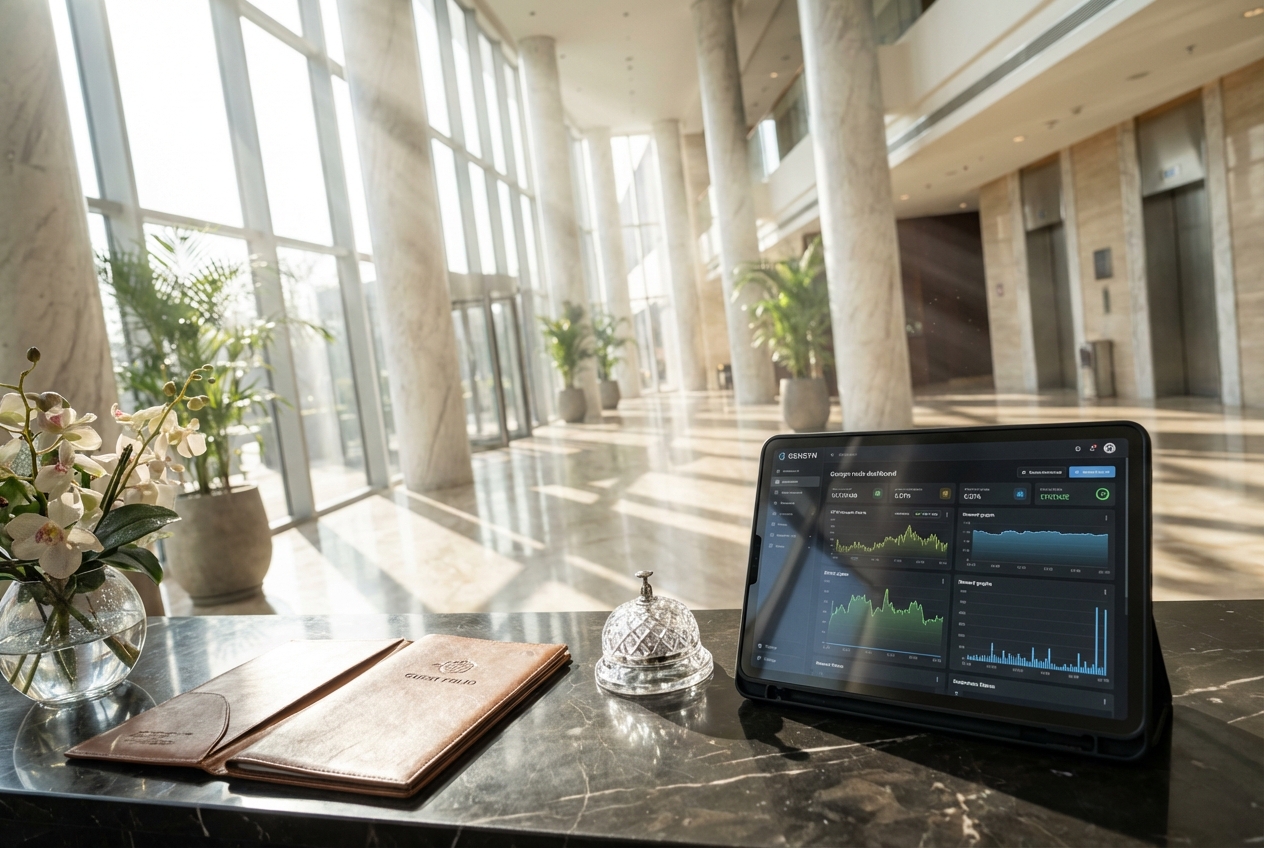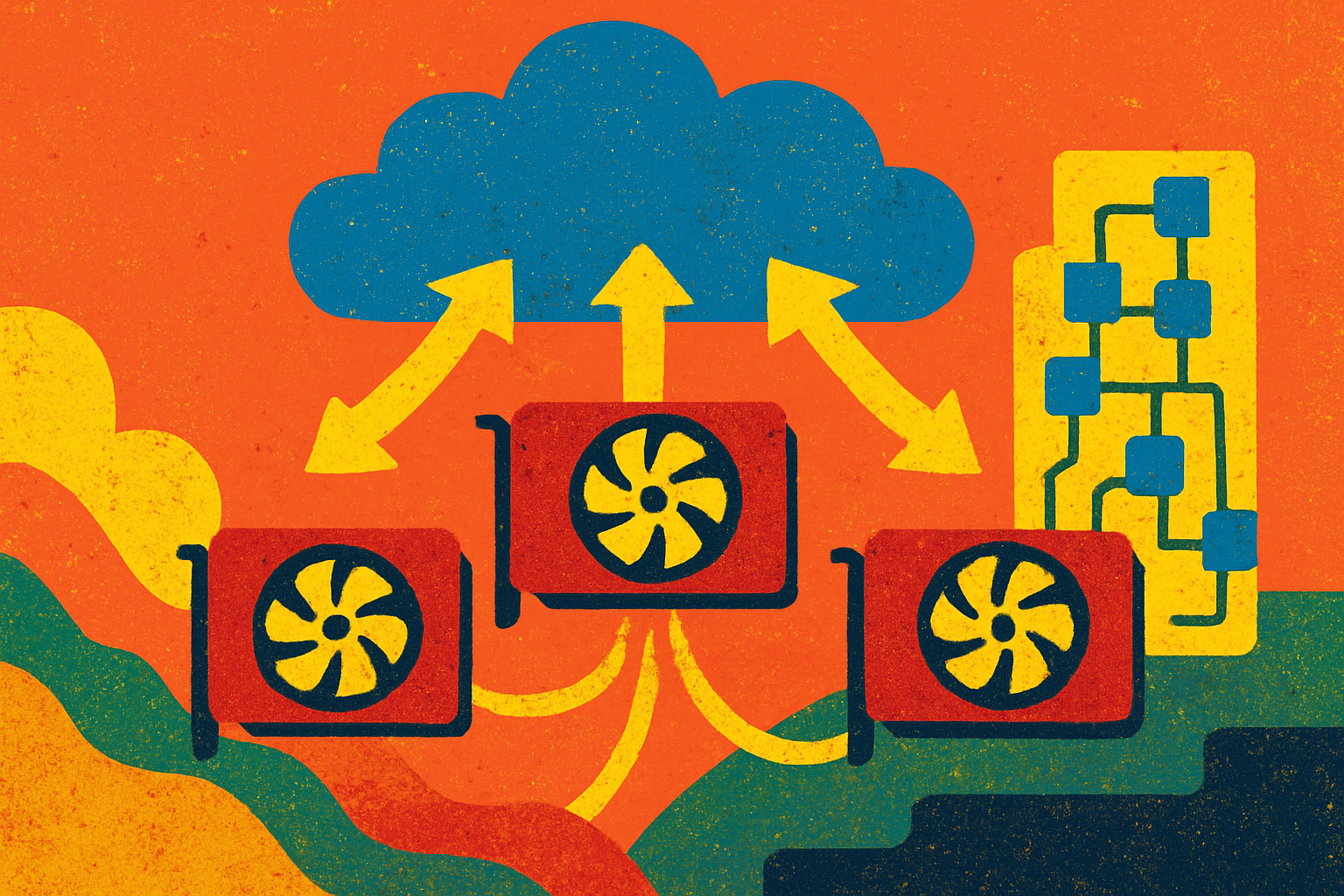
For years, the economics of AI compute have been dominated by centralized cloud providers, with sky-high prices and rigid contracts creating barriers for developers and enterprises alike. But in the past 12 months, a new wave of decentralized GPU cloud networks has begun to upend this status quo, offering scalable, affordable, and democratized access to high-performance compute. This paradigm shift is not just about cost savings – it’s about transforming how value flows within the AI ecosystem.

Decentralized GPU Clouds: The New Economic Engine for AI
At the heart of this transformation are platforms like io. net, Aethir, and GAIB, which are aggregating idle GPU resources from data centers, crypto miners, and even individuals. By tokenizing and pooling these resources, decentralized networks can offer instant access to thousands of GPUs at a fraction of traditional costs. For example, Aethir’s decentralized GPU cloud provides access to state-of-the-art H100 GPUs at up to 86% lower fees than centralized providers. Similarly, io. net users report savings of up to 70% compared to AWS, with no lock-in contracts or minimum commitments.
“Our position as a decentralized compute network gives us a unique competitive advantage, the ability to offer nearly unlimited computing power at a fraction of traditional costs. ” – io. net team
Key Drivers: Cost Efficiency, Accessibility, and Scalability
Top 5 Advantages of Decentralized GPU Clouds for AI Compute Economics
-
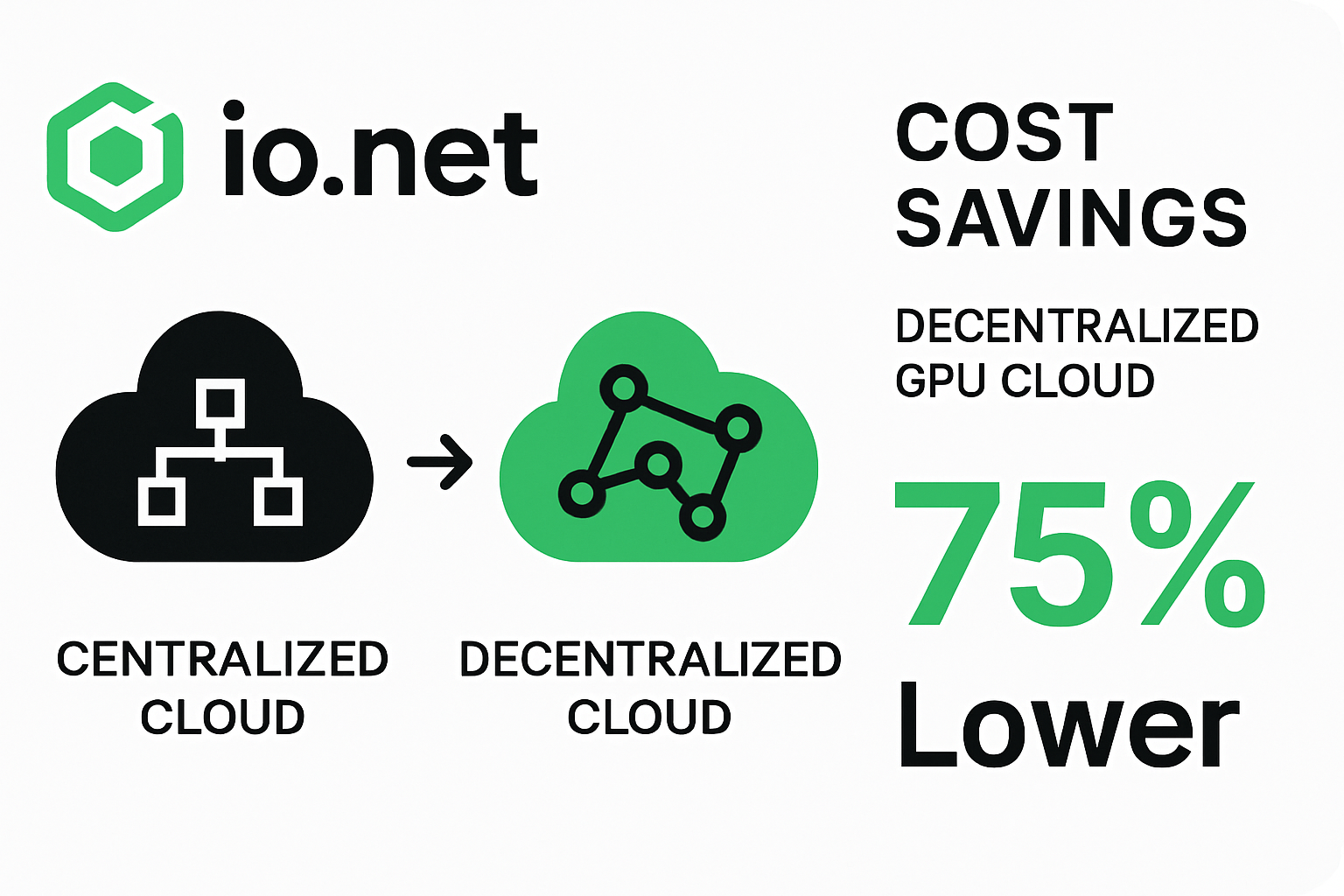
Significantly Lower Costs: Platforms like io.net and Aethir offer GPU compute at up to 70–86% lower cost than traditional providers, making AI workloads far more affordable.
-
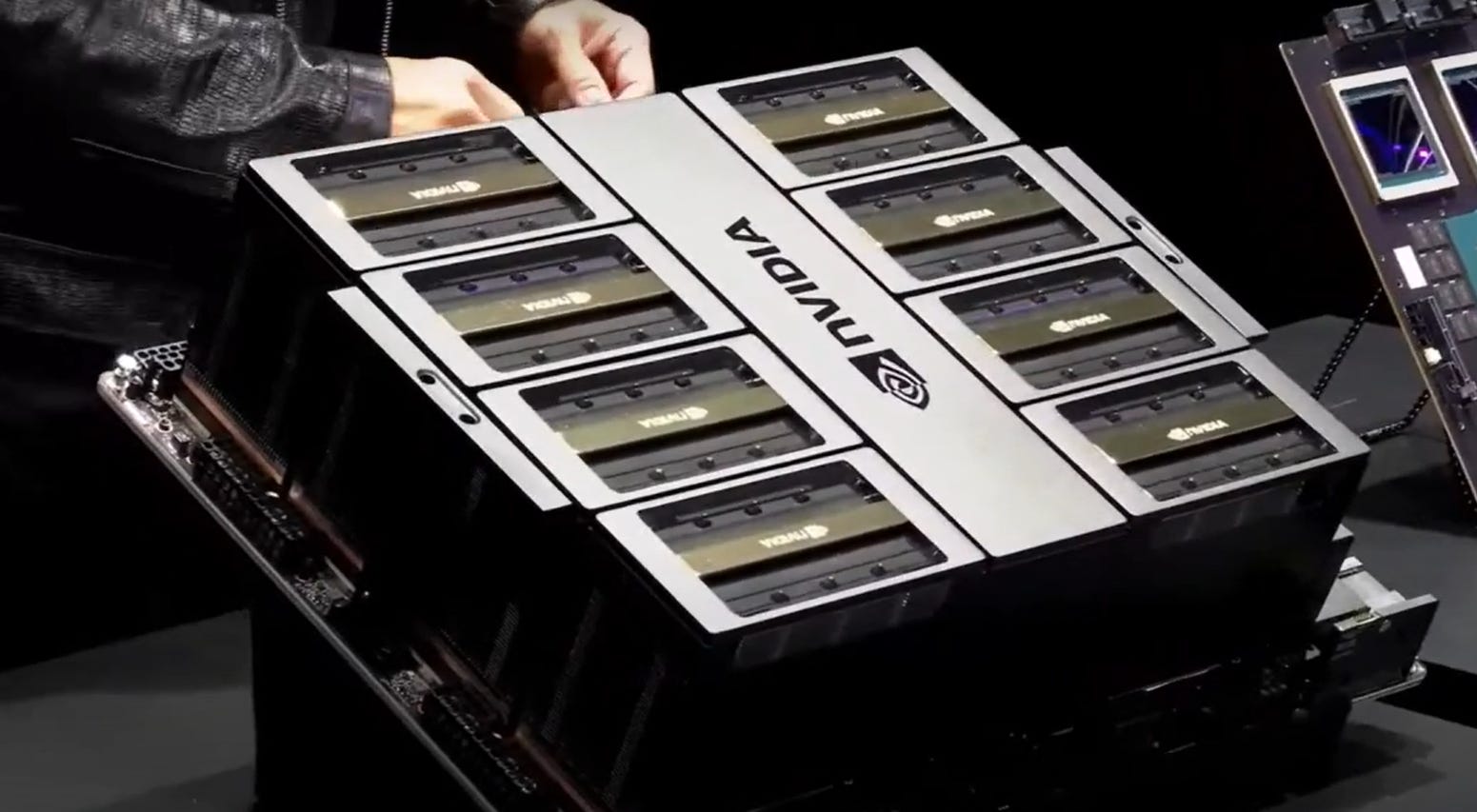
Democratized Access to Compute: Decentralized networks such as NodeGoAI enable individuals and businesses to both access and monetize idle GPU resources, broadening participation in AI development.
-
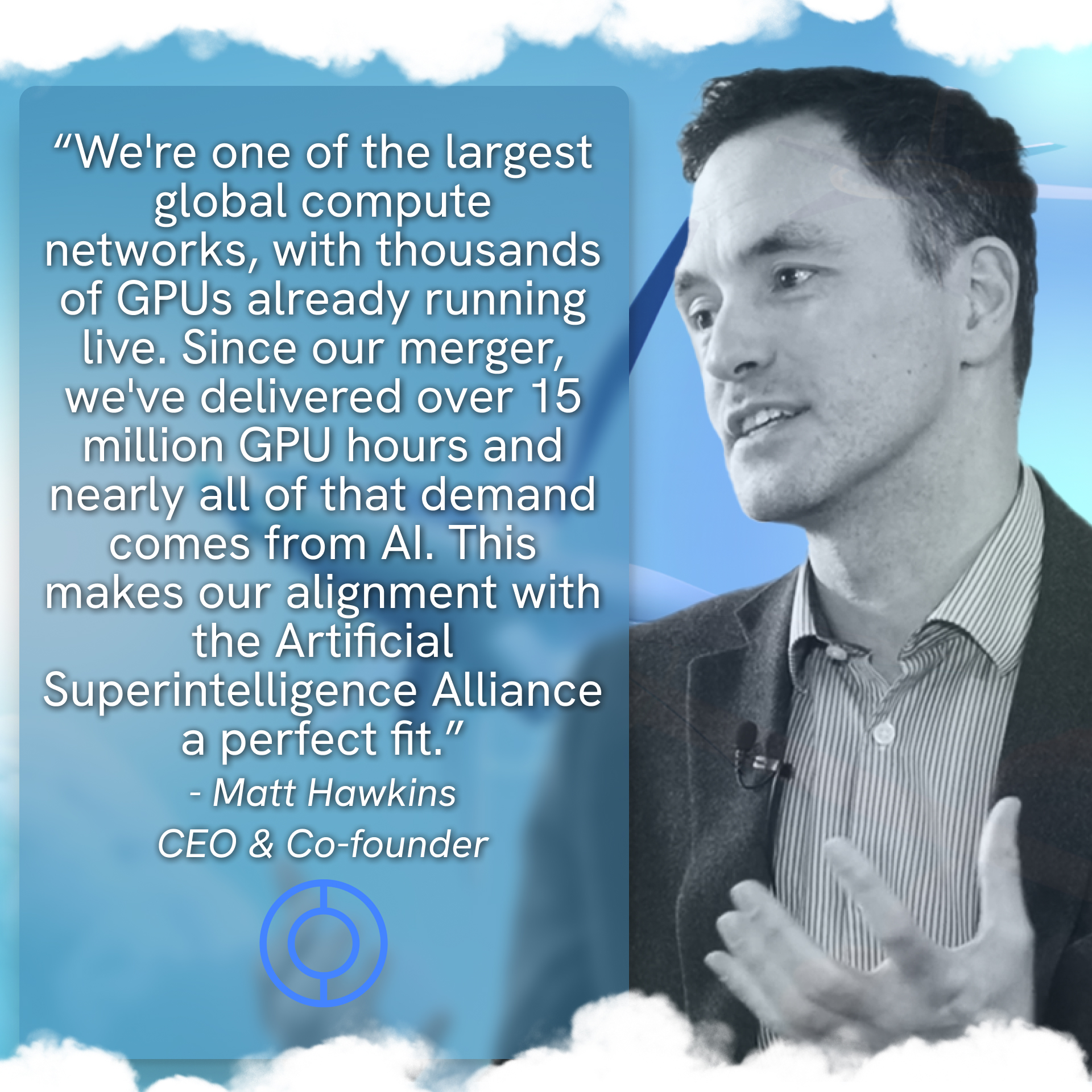
Scalability and Flexibility: Solutions like CUDOS Intercloud dynamically aggregate GPUs from diverse sources, ensuring on-demand scalability and high performance for AI workloads.
-

Enhanced Reliability and Uptime: By distributing workloads globally, networks like OODA AI Network eliminate single points of failure, providing robust and uninterrupted AI compute services.
-
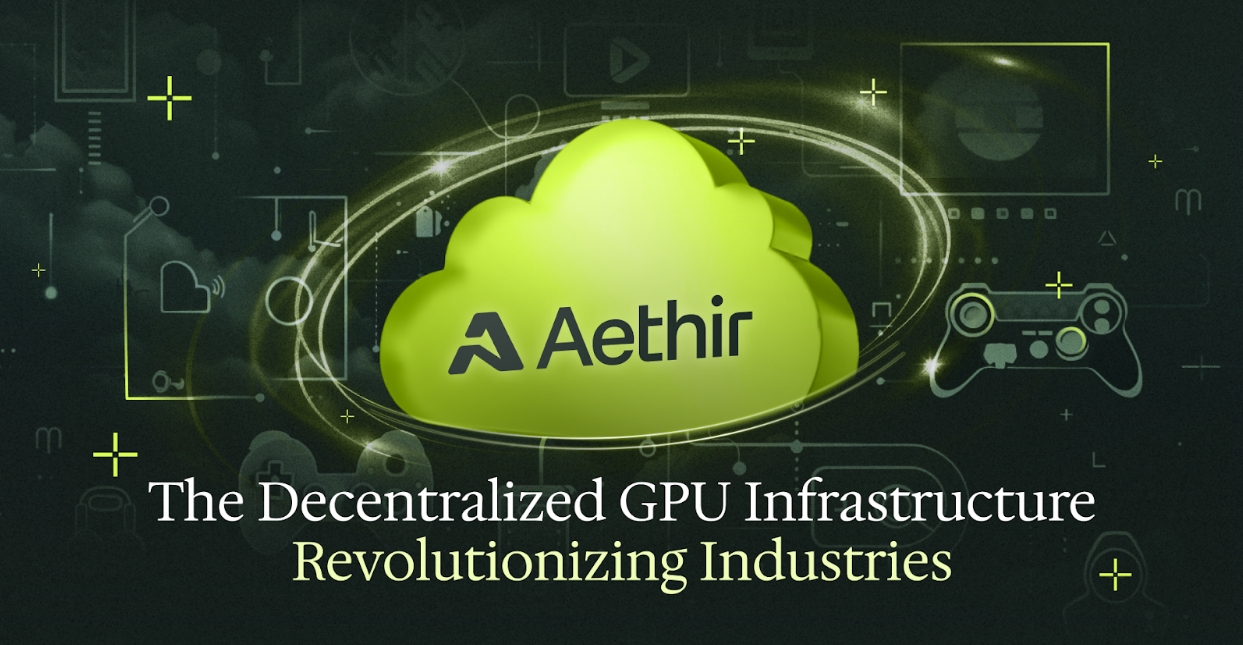
Greater Sustainability: Leveraging underutilized GPUs reduces energy waste and the need for new infrastructure, as seen with Aethir and CUDOS, promoting a more sustainable AI compute ecosystem.
The economic impact of decentralized GPU clouds stems from several core advantages:
- Cost Efficiency: By tapping into underutilized GPUs worldwide, platforms like CUDOS Intercloud and NodeGoAI dramatically reduce the expense of running AI workloads. This savings is passed directly to end-users, making advanced AI applications more accessible.
- Increased Accessibility: Individuals and small businesses can now monetize idle GPUs, turning what was once wasted capacity into revenue-generating assets. This fosters a more inclusive and liquid market for compute.
- Scalability and Flexibility: Decentralized networks dynamically allocate resources based on real-time demand, ensuring that AI developers are never bottlenecked by hardware shortages or regional outages.
- Enhanced Reliability: Workloads are distributed globally, eliminating single points of failure and providing robust uptime even if some nodes go offline.
- Sustainability: Leveraging existing hardware reduces the need for new data centers, minimizing environmental impact and energy waste.
The Rise of Tokenized Compute Markets
Perhaps the most disruptive innovation is the emergence of liquid, tokenized markets for compute. Projects like GAIB are building the world’s first economic layer for AI and compute, allowing anyone to buy, sell, or lease GPU power in real time. This not only unlocks real-world yield opportunities on-chain but also aligns incentives across the ecosystem – from hardware providers and developers to end-users and investors.
The partnership between io. net and GAIB exemplifies this trend. By integrating decentralized compute with crypto-powered settlement and governance, they’re enabling frictionless scaling and fairer pricing models for AI infrastructure. As noted in recent coverage, io. net’s cloud already boasts over 300,000 GPUs and 40,000 CPUs globally, rivaling even the largest centralized hyperscalers in sheer scale and flexibility.
This shift is not hypothetical – it’s happening now. Enterprises like CreatorBid have already leveraged io. net’s network to scale image model training efficiently and cost-effectively. The result is a new era where access to high-performance AI compute is no longer limited by geography or capital.
Tokenization is also driving radical transparency in pricing and resource allocation. With compute supply and demand visible on-chain, market participants can make data-driven decisions, optimizing both cost and performance. The ability to rent or stake GPUs in a decentralized manner means that idle hardware, whether in a professional data center or a gaming rig, becomes a productive economic asset. This mechanism is fueling the rise of crypto-powered AI compute markets, where yield generation is as accessible as spinning up a node or contributing spare capacity.
For AI developers, this new paradigm offers immediate, tangible benefits: lower entry barriers, granular billing, and the freedom to scale workloads elastically without vendor lock-in. For GPU owners, whether institutional or individual, tokenized networks like GAIB create new revenue streams and liquidity options that simply didn’t exist with legacy cloud providers.
Challenges and the Road Ahead for Decentralized AI Infrastructure
Despite the momentum, decentralized GPU clouds face several technical and market challenges. Ensuring consistent quality of service across a heterogeneous, global network requires robust orchestration, reputation systems, and real-time monitoring. Security remains paramount, as the distributed nature of these networks introduces new vectors for attack and fraud. Projects like OODA AI Network are addressing these concerns with advanced consensus mechanisms and encrypted workload execution, but the space is still maturing.
Regulatory clarity is another evolving factor. As GPU tokenization blurs the line between hardware provisioning and financial products, compliance frameworks will need to adapt. Forward-thinking protocols are already exploring decentralized governance and transparent audit trails to build trust with both institutional clients and regulators.
What This Means for AI Workload Optimization
The implications for AI workload optimization are profound. Developers can now architect pipelines that source the most cost-effective compute in real time, arbitraging between networks like io. net, Aethir, and CUDOS Intercloud. This flexibility enables experimentation with larger models, faster iteration cycles, and the ability to bring advanced AI capabilities to previously underserved markets.
The ripple effects are already visible: reduced operational costs for startups, democratized access for researchers, and new business models for GPU owners. As decentralized AI infrastructure continues to mature, expect even more creative use cases – from federated learning across continents to real-time inference marketplaces powered by smart contracts.
Top Decentralized GPU Cloud Platforms Driving AI Compute
-
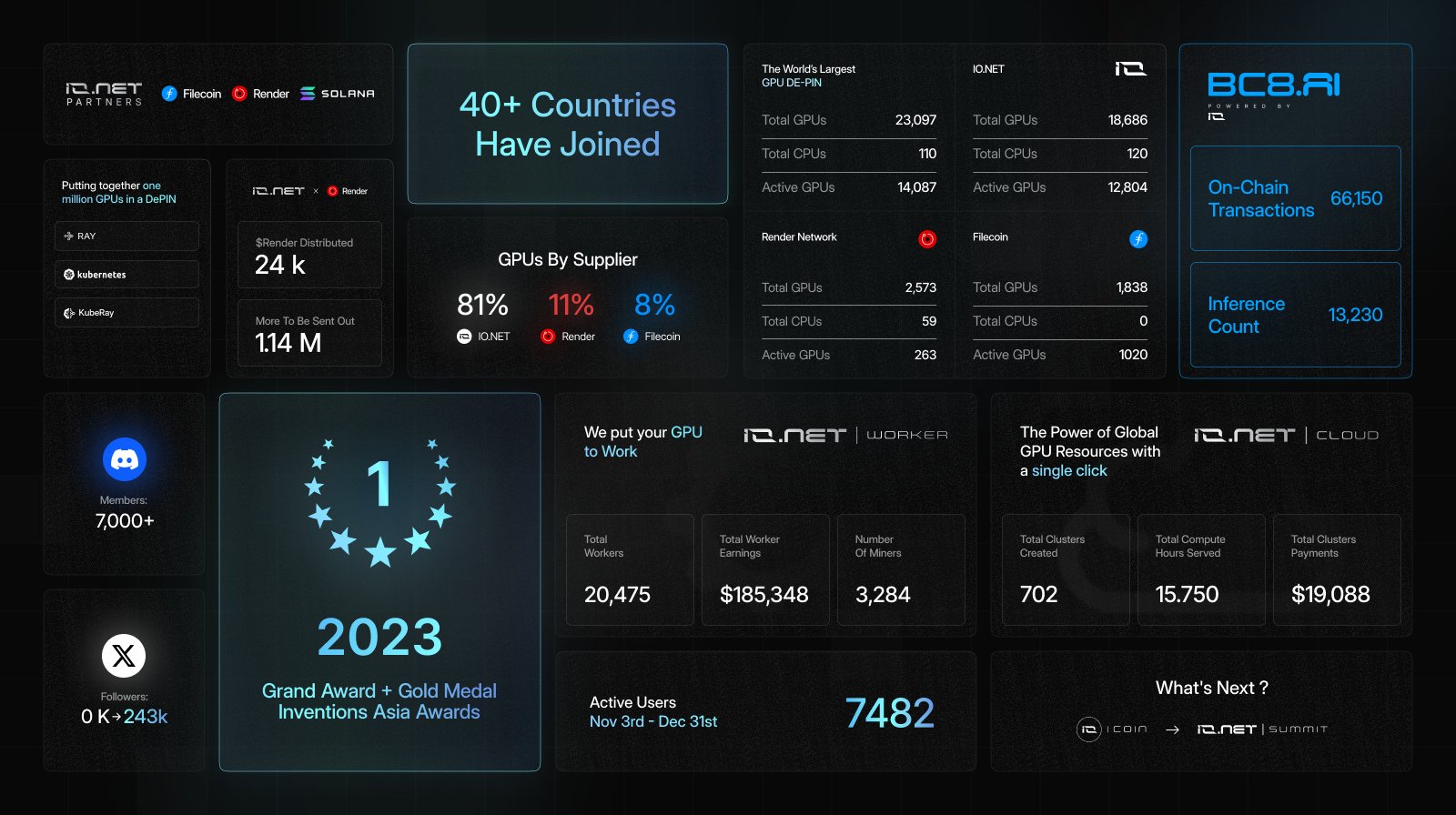
io.net: The world’s largest decentralized GPU cloud network, aggregating over 300,000 GPUs from data centers, miners, and individuals. io.net offers instant access to high-performance compute for AI workloads at up to 70% lower cost than AWS, with flexible scaling and no vendor lock-in.
-
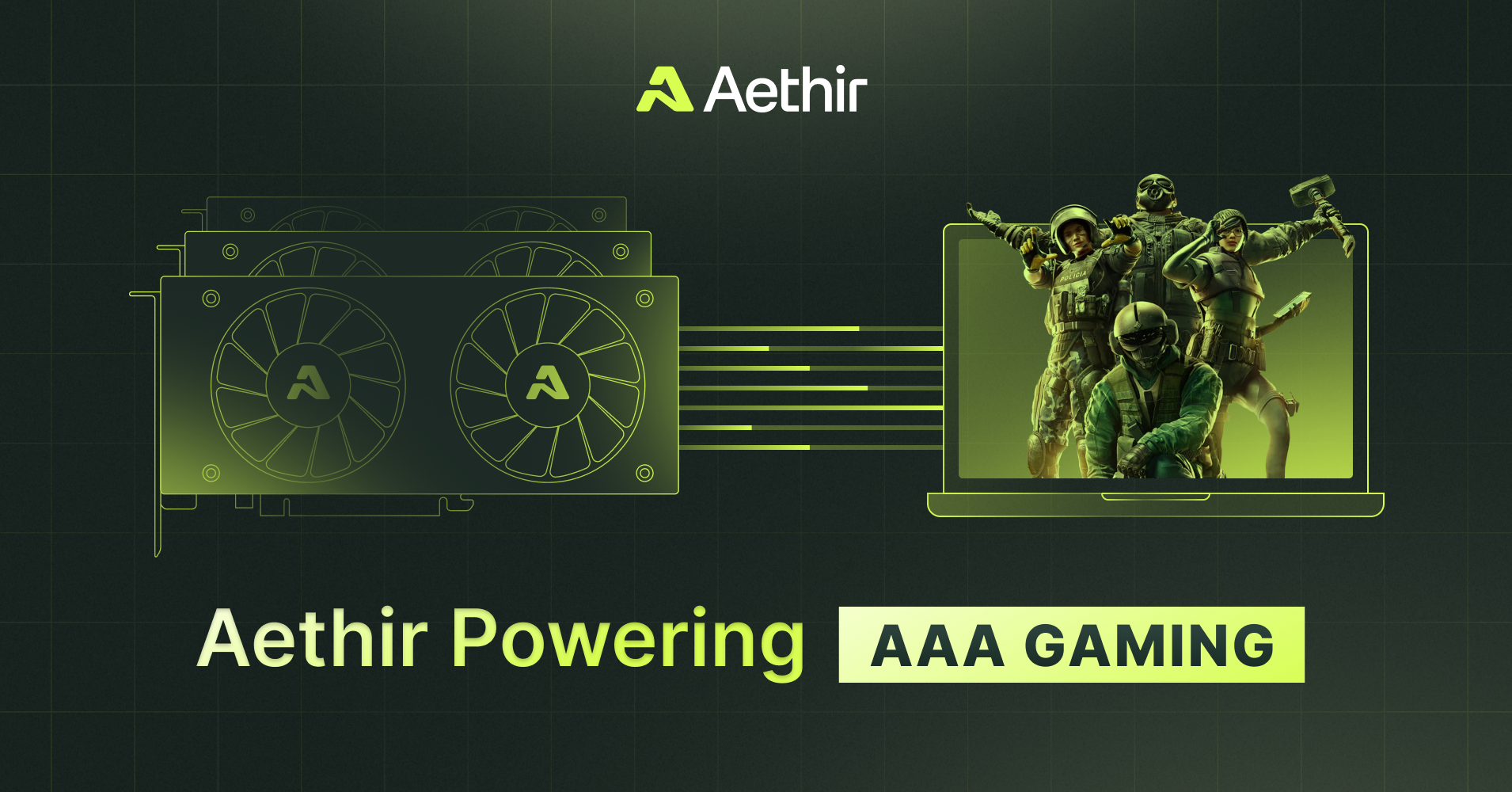
Aethir: Aethir’s decentralized GPU cloud delivers state-of-the-art GPUs like H100s at up to 86% lower fees than traditional providers. The platform focuses on cost efficiency and high availability, making advanced AI compute accessible to a broader audience.
-
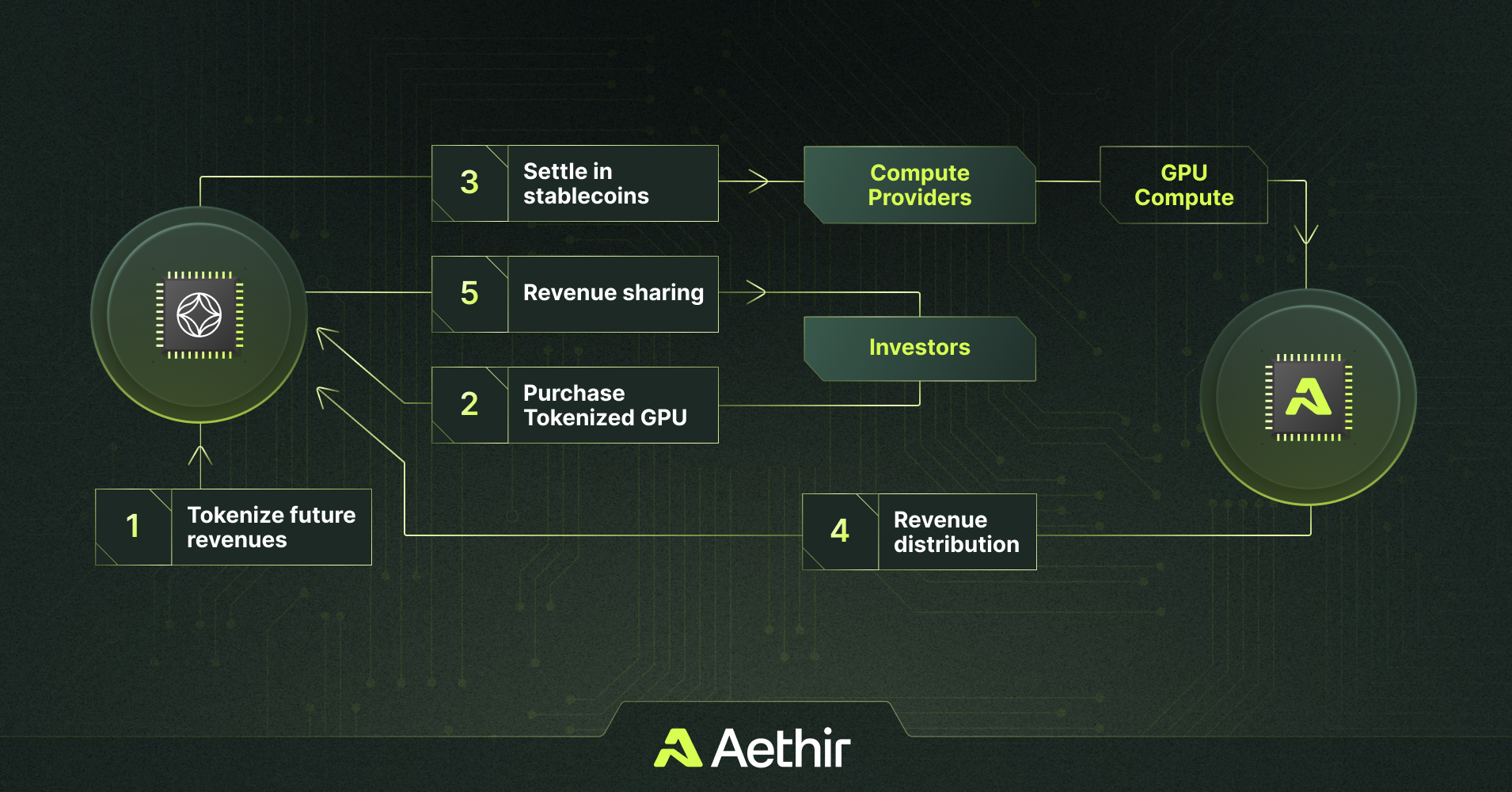
GAIB: Positioned as the world’s first economic layer for AI and compute, GAIB creates a liquid market for GPU resources. Its on-chain infrastructure allows users to earn real-world yield by contributing compute, driving economic inclusion in the AI sector.
-
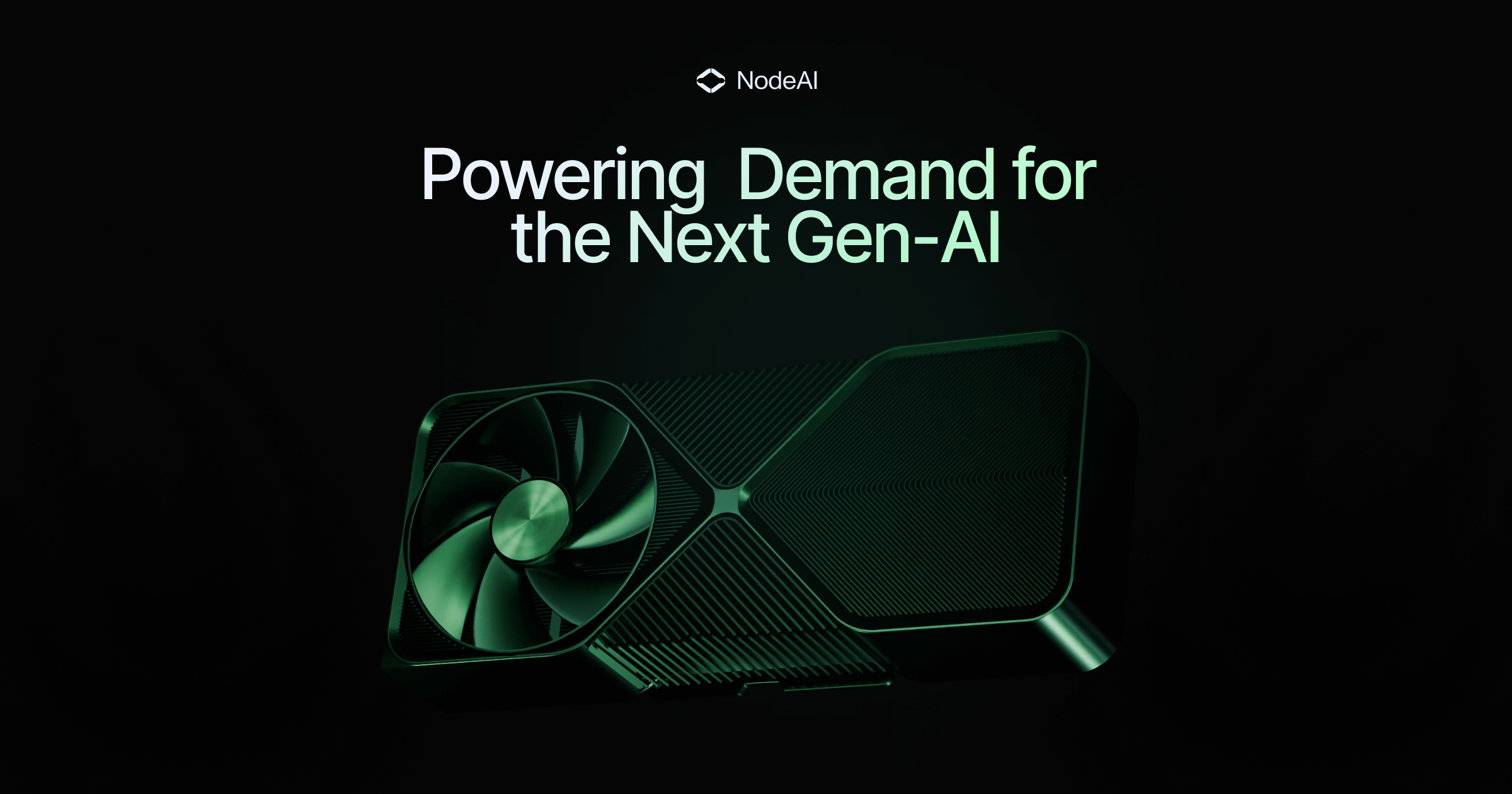
NodeGoAI: NodeGoAI enables individuals and businesses to monetize idle GPUs by transforming unused computing power into valuable resources for AI applications. The platform democratizes access to AI compute, supporting a more inclusive ecosystem.
-
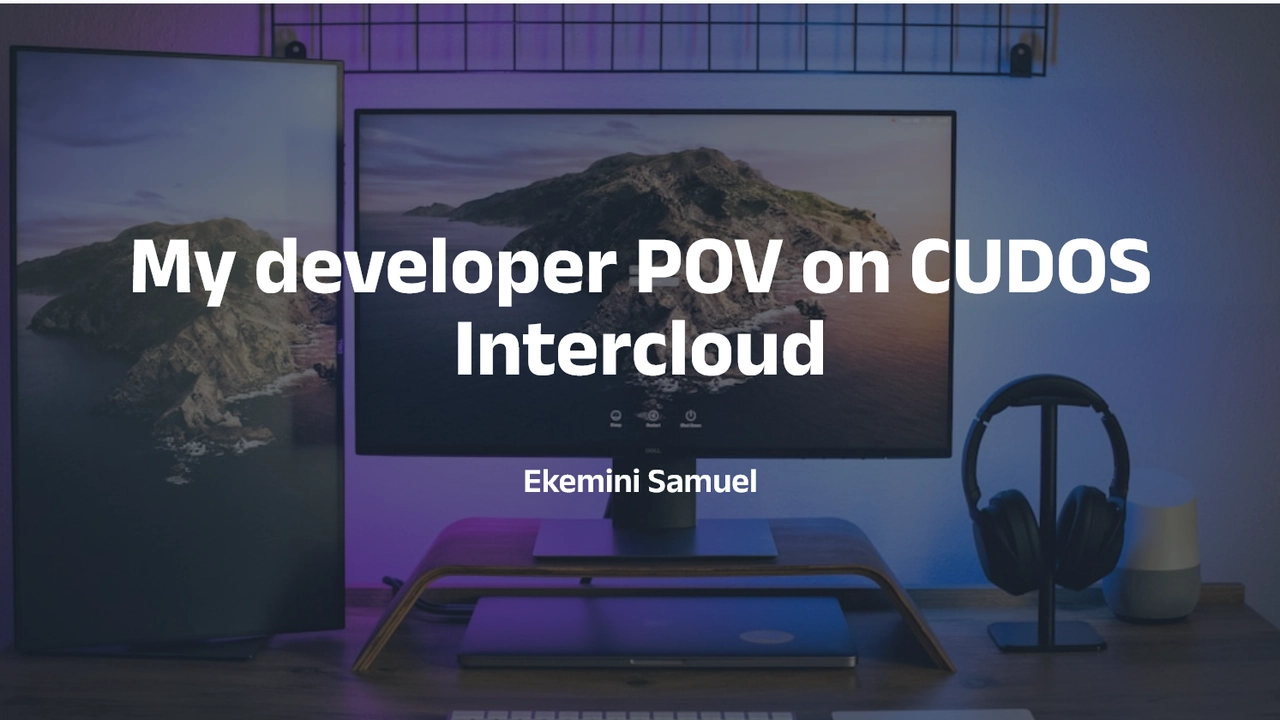
CUDOS Intercloud: CUDOS Intercloud aggregates idle GPUs from independent operators and data centers, providing scalable, high-performance computing for AI workloads. Its decentralized approach ensures flexibility and consistent resource availability.
-
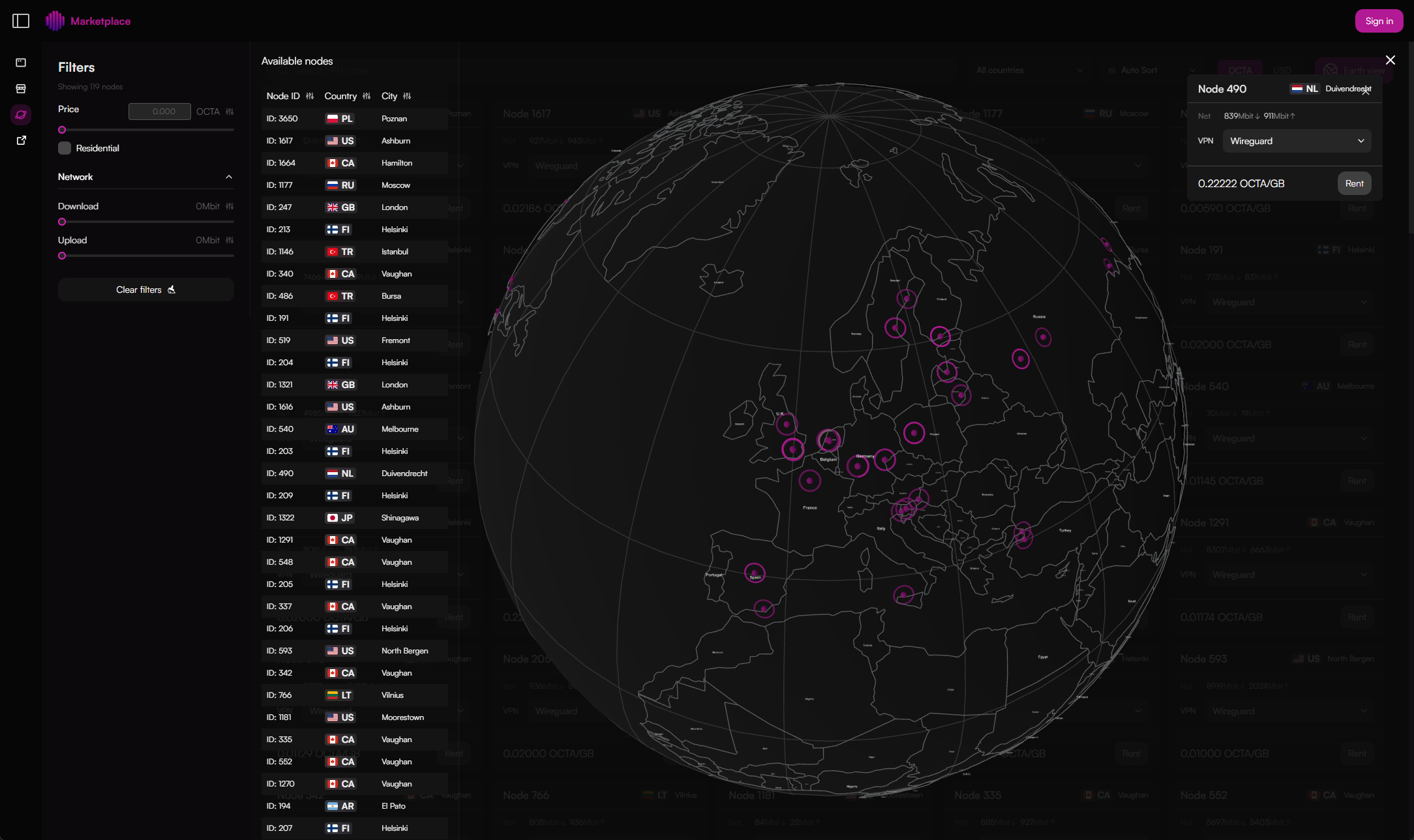
OODA AI Network: OODA AI Network delivers dynamic scalability and robust performance for AI applications by distributing workloads across a global pool of GPUs. Its decentralized structure enhances reliability and eliminates single points of failure.
The competitive landscape is evolving rapidly. With giants like io. net aggregating over 300,000 GPUs worldwide and projects like GAIB pioneering liquid markets for compute, the traditional dominance of centralized hyperscalers is being fundamentally challenged. For a deeper dive into how these networks are slashing costs and expanding access, see how decentralized GPU networks slash AI inference costs by 80% compared to AWS and how decentralized GPU networks are transforming AI compute costs and accessibility in 2025.
The bottom line: decentralized GPU clouds are not just a cheaper alternative – they’re a catalyst for a more inclusive, sustainable, and innovative AI economy. As tokenized compute becomes the new standard, the economics of AI will increasingly favor agility, transparency, and global participation over legacy lock-in.
